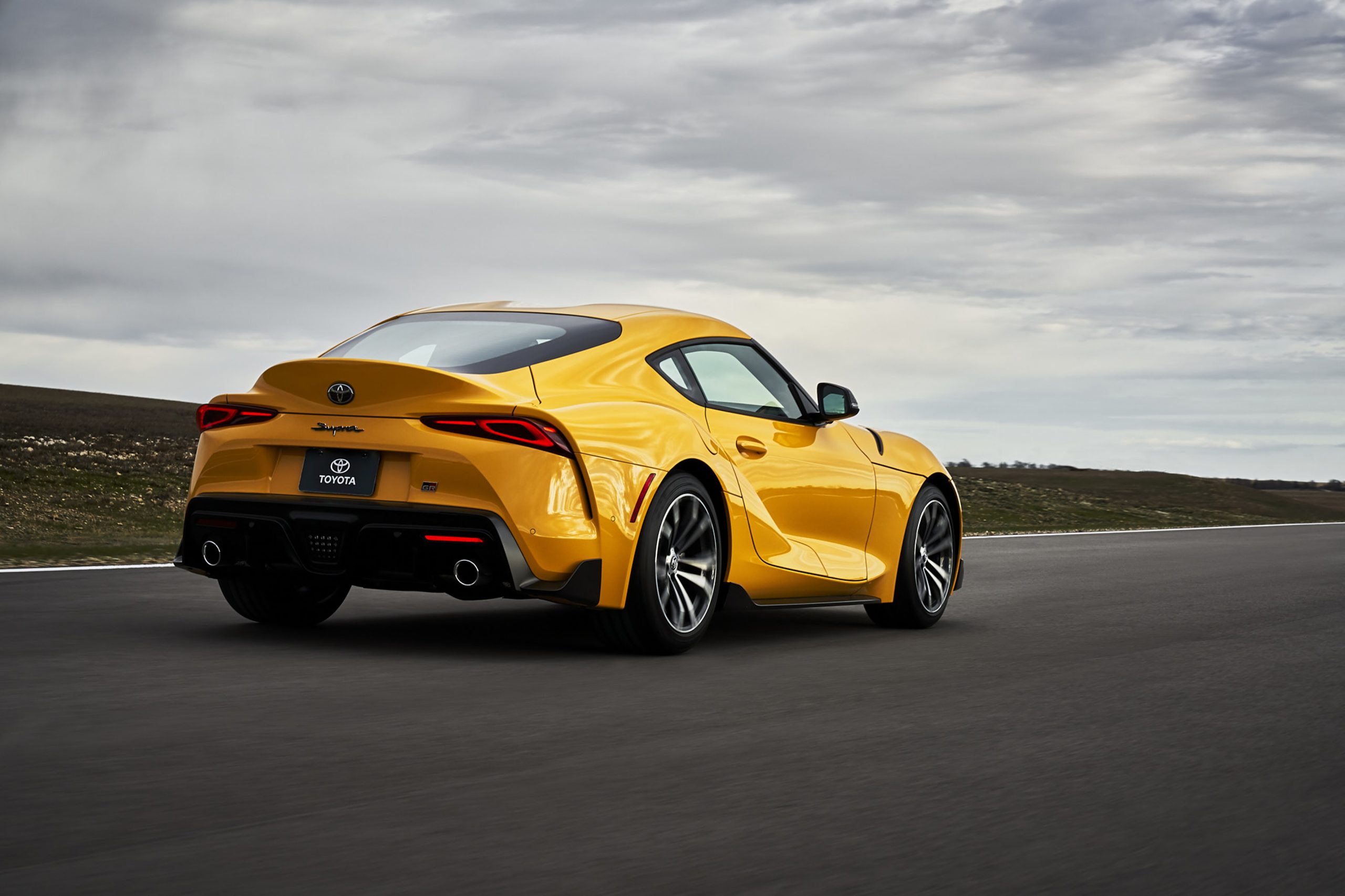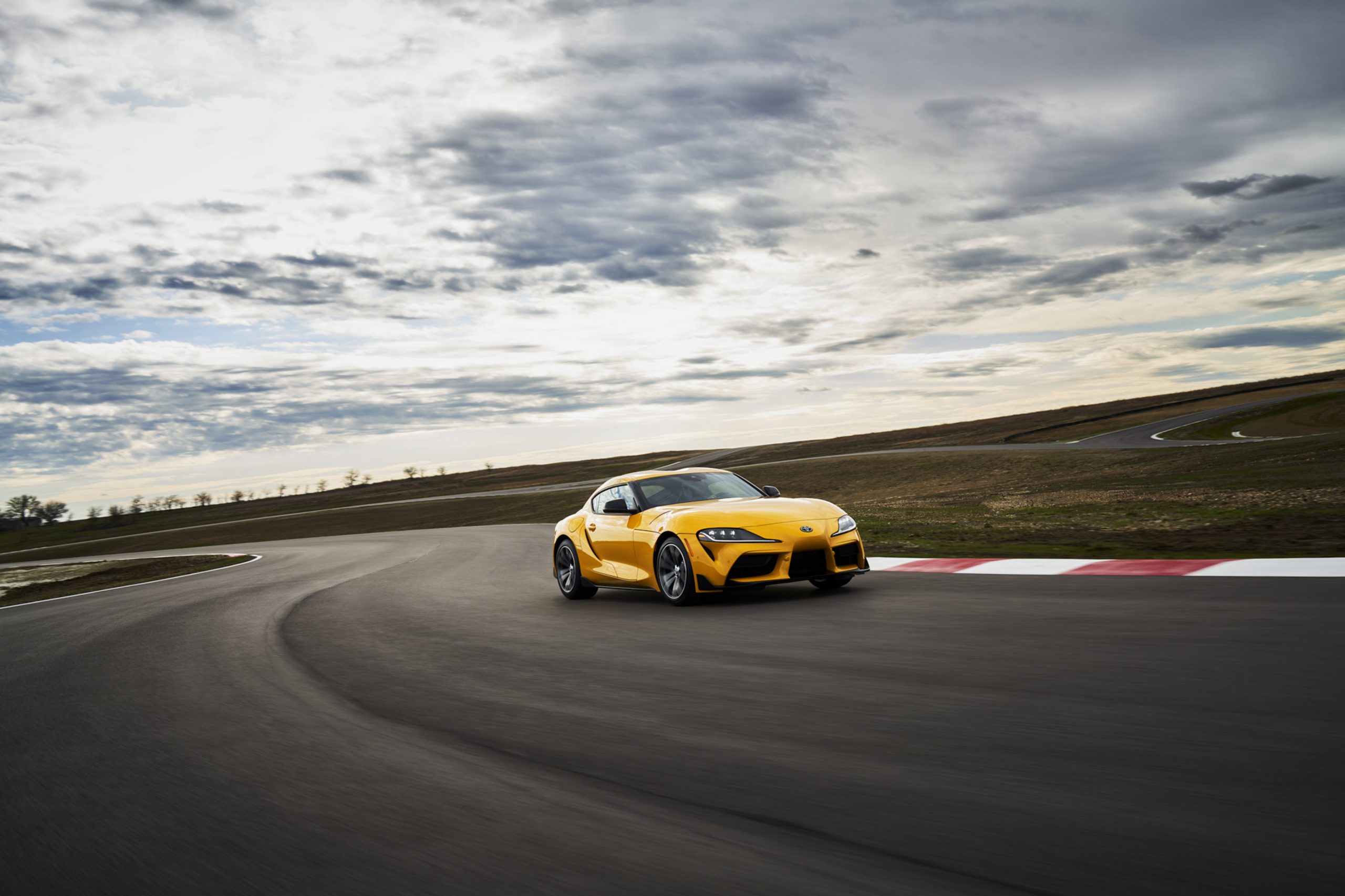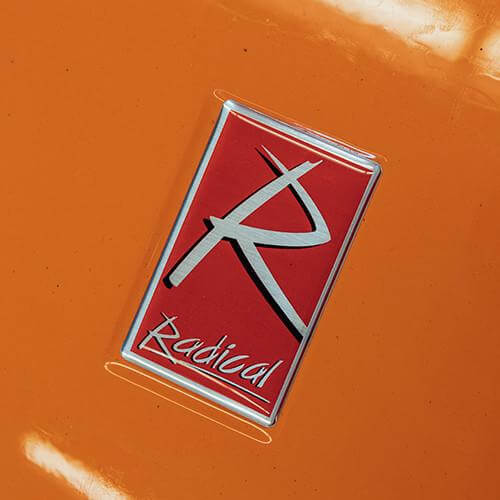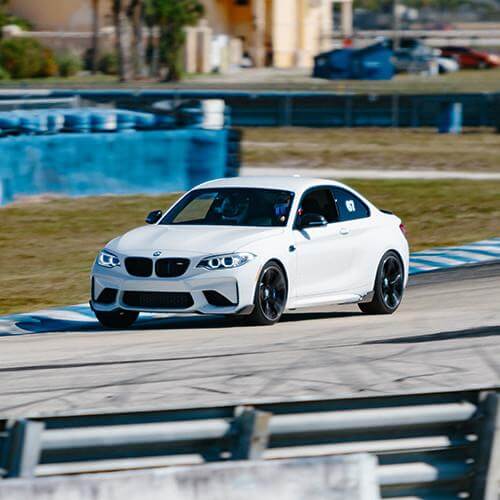The smaller engine Supra feels far more substantial than the 255 horsepower rating suggests.
Headlines matter a lot these days, especially in this industry. When it came to Toyota’s reborn icon, the 3.0 Supra is the car to feature. But we had a chance to drive the 2.0 liter 4-cylinder Supra, and came away surprised
Having already driven the 3.0, we approached this car with an open mind. Nitro Yellow paint contrasted nicely with the black accents on the car. And it also mode us realize something: The Supra’s lines really do grow on you. After spending some time with it, the car feels more sculpted than it first seems. You’ll also be hard pressed to tell a 6-cylinder car from it’s smaller sibling. The only main giveaway comes from what is housed in the wheel arches.
With visual appeal being equal to the 3.0, we wanted to see how the driving experience stacked up. For this, we took a quick spin around Autobahn Country Club’s North loop. At 1.5 miles, this loop is short, but fast, with long flowing sections to really test a car’s transitional handling. 
Here’s where the car really delivers. With less weight up front, the nose feels direct, with just a touch of understeer. Michelin Pilot Super Sport tires are the same width front and rear as the 3.0, but on one-inch smaller 18″ rims. This extra sidewall doesn’t deter you from pushing the limits. In fact, it makes them more approachable. The car has an added ability to move around just a tad more before fully reaching the limit.
Once you’re through the turns, the straights are gobbled up pretty quickly, too. 255 horsepower doesn’t sound like a lot when the Supra’s bigger brother has 127 more ponies. But it doesn’t feel like that big of a delta. Especially how much quicker it feels compared to the GR86, which has just 27 horsepower less.
In essence, we feel Toyota may have underrated this car. But the 2.0’s torque rating certainly helps. Take a look at a dyno graph and the torque curve may as well come from a diesel motor. 290 lb/ft of torque is available from just 1,550 rpm, and remains all the way to 4,400. And it doesn’t fall off much after. This torque helps the motor punch higher than its 2.0 liters may suggest, and to us makes it a distinct model between the GR86 and 3.0 Supra. 
But that power needs to be slowed down, and the 2.0 could use a little help in this regard. After just about 4 miles of spirited driving, the brakes very noticeably started to fade off. I can’t pin this one on Toyota, because it’s unknown how this car was used prior to my time with it. And, standard brake pads on just about any car aren’t really up for this kind of use. Even those on the 3.0.
Sure, the 6-cylinder has bigger rotors (in the front only), but street pads are meant for normal driving. This kind of workout is beyond the Supra’s current brake system capabilities. Now, is the Supra ready for this kind of use? We feel it should be. And all things considered, you’re just a brake fluid and brake pad change away from an extremely competent machine.
And that’s where the 2.0 Supra did its best. As a GT car with gobs of torque to husk you along a back road, it felt amazing. And in every day driving, you don’t really feel a need for the 6-cylinder.
But truth is, if you don’t need to be at the track every other weekend, the Supra 2.0 is a great car. Even if the base price tag is a little surprising at $43,290. And if you do need to be at the track, all you need to do is get yourself some upgraded pads, and fluid.



